One of the big questions on people’s minds during the launch of the facelifted 2022 Proton Iriz and Persona was why did they still not come with autonomous emergency braking. After all, even perennial laggard Perodua has bucked up and offered active safety features – including AEB – on its bread-and-butter Myvi, so the once-leading B-segment models are falling further and further behind the curve.
The discussion surrounding AEB on the Iriz and Persona is nothing new – even during the Iriz’s original launch back in 2014, Proton was already testing a prototype with LG’s Advanced Drive Assistance System (ADAS) camera, showing that there were clear plans to implement the technology. And yet still, seven years after, there’s no sign of it. Eyebrows were already raised when AEB was given a miss during the first facelift in 2019, but the omission is particularly glaring now.
We posed the question during last week’s roundtable interview with the cars’ vehicle programme executive Adzrai Aziz Ibrahim. He said that with the limited budget available for the project, the team had to prioritise the features that it thought customers would appreciate.
“We did a benchmark, the Japanese OEMs have all these high-spec ADAS features, and even the other competitor [Perodua] has some ADAS features that it has marketed. But we had a constraint – we didn’t want to increase the cost of the car so that we could maintain the selling price and give more value to the customer; we had to be careful about what we wanted to add to the car,” he said.
Adzrai added that the safety improvements were focused on improving crash protection, in order for the Iriz and Persona to retain their five-star rating in the ASEAN NCAP 2017-2020 protocol. “Firstly, we had to see if we could meet the latest ASEAN NCAP protocol. So we added side airbags to all variants, seat belt reminders, and this got us to achieve the latest standards – our protection in terms of occupant safety in a crash is good. We didn’t need these additional [ADAS] features to [get a five-star rating].
“So we [then] had to decide, do we want to put in [ADAS] or do we put other things that customers will eventually use? We balanced out our investments – we met the ASEAN NCAP 2020 [protocols], so we needed to spend our money on more useful things for the customer.”
Elaborating on the potential cost of adding ADAS features, Adzrai made a distinction between the Perodua’s simpler camera-based system (with collision warning and partial AEB) and a more advanced radar-based package that would add features like adaptive cruise control to the mix. We should point out that Perodua itself offers camera-based adaptive cruise control on the Ativa (as does Honda on the City and new Civic), so a radar isn’t strictly necessary for implementing additional features.
“There are two ways [to implement ADAS]. We have full ADAS, which is what Toyota and Honda are applying on their cars, and then there’s mid-level ADAS, which only gives you indicators and buzzers with a camera [to detect obstacles] and [offers] limited functionality.
“I cannot share with you the [total] cost of doing this, but full ADAS will definitely go beyond RM2,000 in terms of the [cost of] components to be added to the car. It also requires an update in the electrical and electronic architecture, because [the system] needs to communicate [with the car]. So that’s a big investment.
“For [mid-level ADAS] with a camera and warnings, that is doable, just like what Perodua is doing. But currently, we are still in the research phase. We are trying to determine what is the best solution in this segment, with the price that we want to sell and the additional cost we need to add to our cars. If we feel that these features are necessary in the future, we will introduce them.”
Adzrai said that while other software features like the expanded “Hi Proton” voice control function also required updates to the electrical architecture, they did not require a comprehensive revamp, reducing the cost required. “Things like voice control are independent; they do not require a redevelopment of the entire car, because they only operate in their own unit, so the cost of [upgrading] is not high.
“We were able to expand the functionality to the [driver’s] window and air-con because the ability to signal to [those components] is available in the unit. So we were able to apply these items without incurring a lot of investment and we could just tap into [the system] accordingly.”
Later, when asked if Proton will at least consider adding blind spot monitoring and rear cross traffic alert, Adzrai said, “We do [have plans]. We are looking at these two functions in particular, and when these items are more cost effective for us to apply to our cars, then we will implement them. Maybe they will be added in a future update; for sure, we will fit them to new models. But yes, we are looking at it – mainly these two functions – if we can apply them in the most cost-effective manner.”
Of course, you can make up your own mind on whether safety features like AEB are vital at this price range, and it’s true that Proton does not have an infinite amount of money to spend on these ageing vehicles – especially given the Iriz’s relatively low sales volumes.
There’s also the unavoidable fact that because the Iriz and Persona are homegrown products, Proton would have to develop an ADAS system in-house instead of pilfering from Geely’s parts bin, whereas Perodua can simply take plug-and-play parts directly from Daihatsu. Still, there’s no denying that even basic systems like the one in the Myvi not only save lives but also thousands of ringgit in accident repairs – you can’t put a price on that, no matter how Proton tries to spin it.
And make no mistake, customers are sitting up and taking notice. You only have to look at Perodua expanding the availability of its Advanced Safety Assist (ASA) suite to even the cheaper 1.3 litre models of the Myvi to know how much buyers value their safety these days. An ASA-equipped Myvi can now be had for under RM47,000, so it’s not like AEB is only for the rich.
Ironically, Proton updating the Iriz and Persona to pass an ASEAN NCAP protocol that expired last year shows just how far it has lagged behind. It’s telling that the company rushed to crash test its cars a full eight months before actually putting them on sale, because it’s highly unlikely it would have retained a five-star rating under the 2021-2025 protocol (which places a greater emphasis on active safety).
Meanwhile, the Perodua Ativa – which offers AEB as standard – breezed through its crash test this year, becoming the first five-star car under the new protocol. Again, everyone is entitled to their opinion, but at least in terms of safety, we think Proton has missed the mark with the new Iriz and Persona.
GALLERY: 2022 Proton Iriz 1.6 Active 
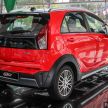
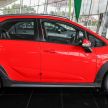
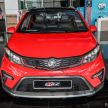
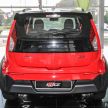
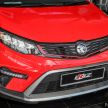
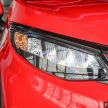

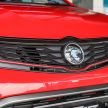
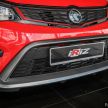
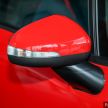
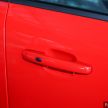
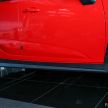
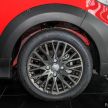
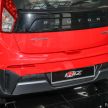

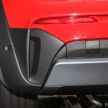
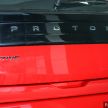
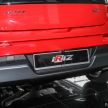
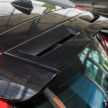
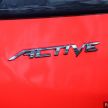

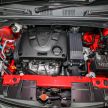
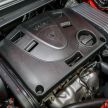
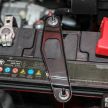

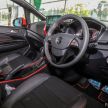
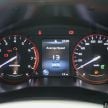

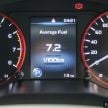
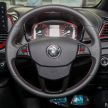
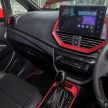
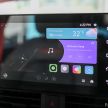
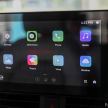
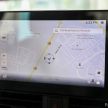
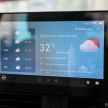
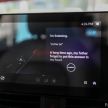
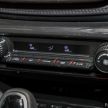
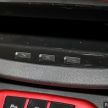
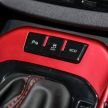
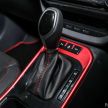
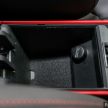
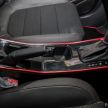

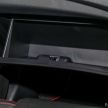
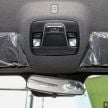
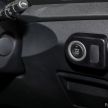
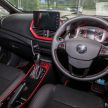
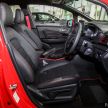
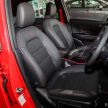
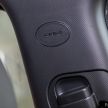
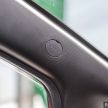

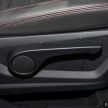
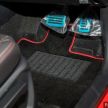
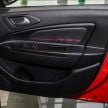
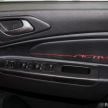
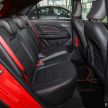
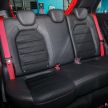
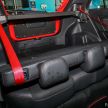
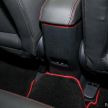
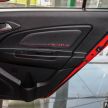

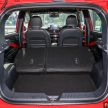
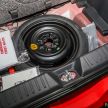
GALLERY: 2022 Proton Persona 1.6 Premium 

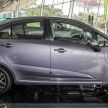
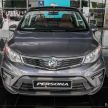
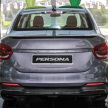
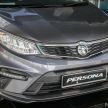
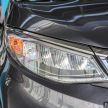
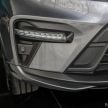
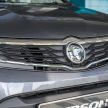
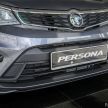
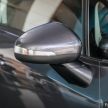

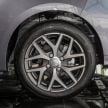
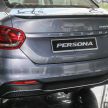
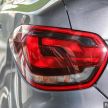
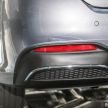
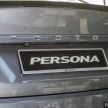
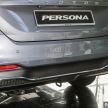
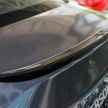

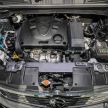
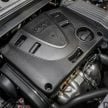
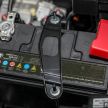
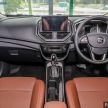
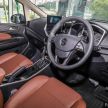

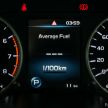
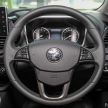


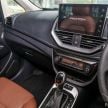
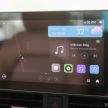

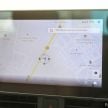
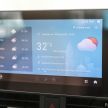
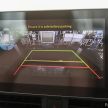
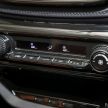
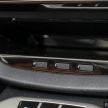
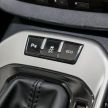
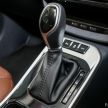
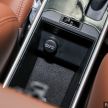
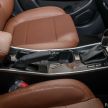
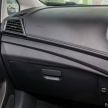
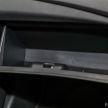
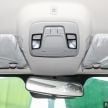
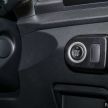

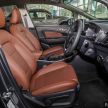

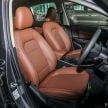

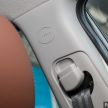
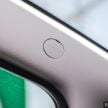

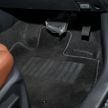
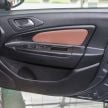
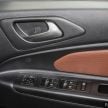
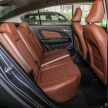
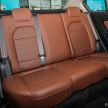
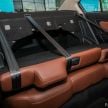
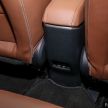
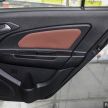

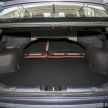
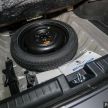
The post 2022 Proton Iriz, Persona facelift – why still no AEB? appeared first on Paul Tan's Automotive News.

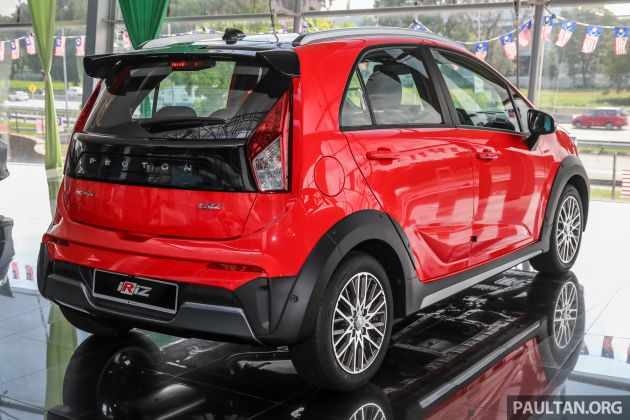
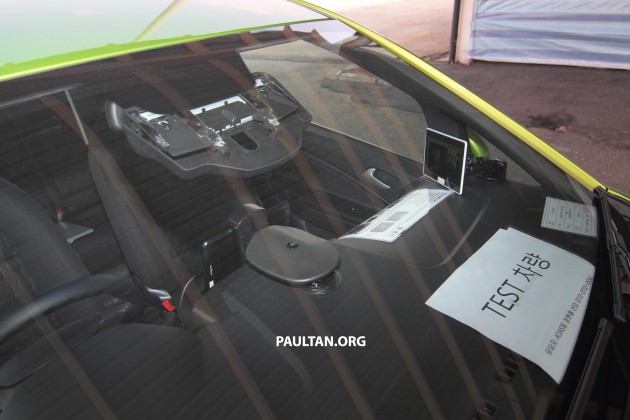
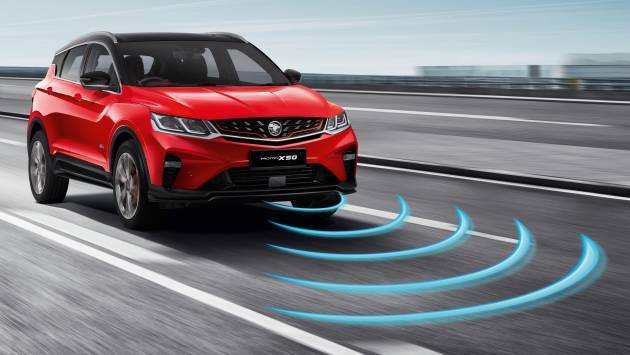
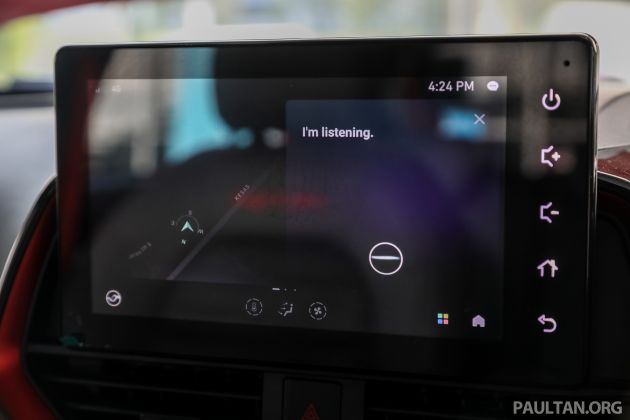
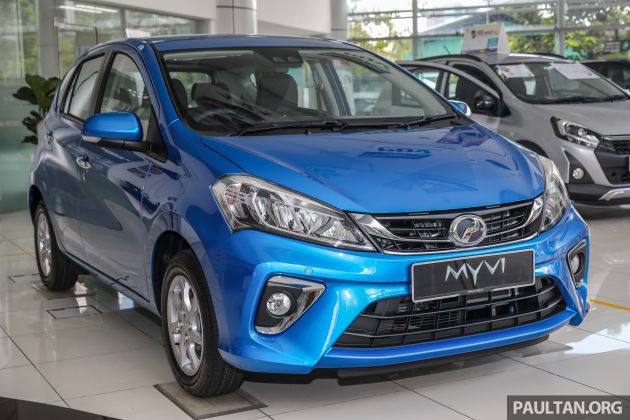
0 Comments